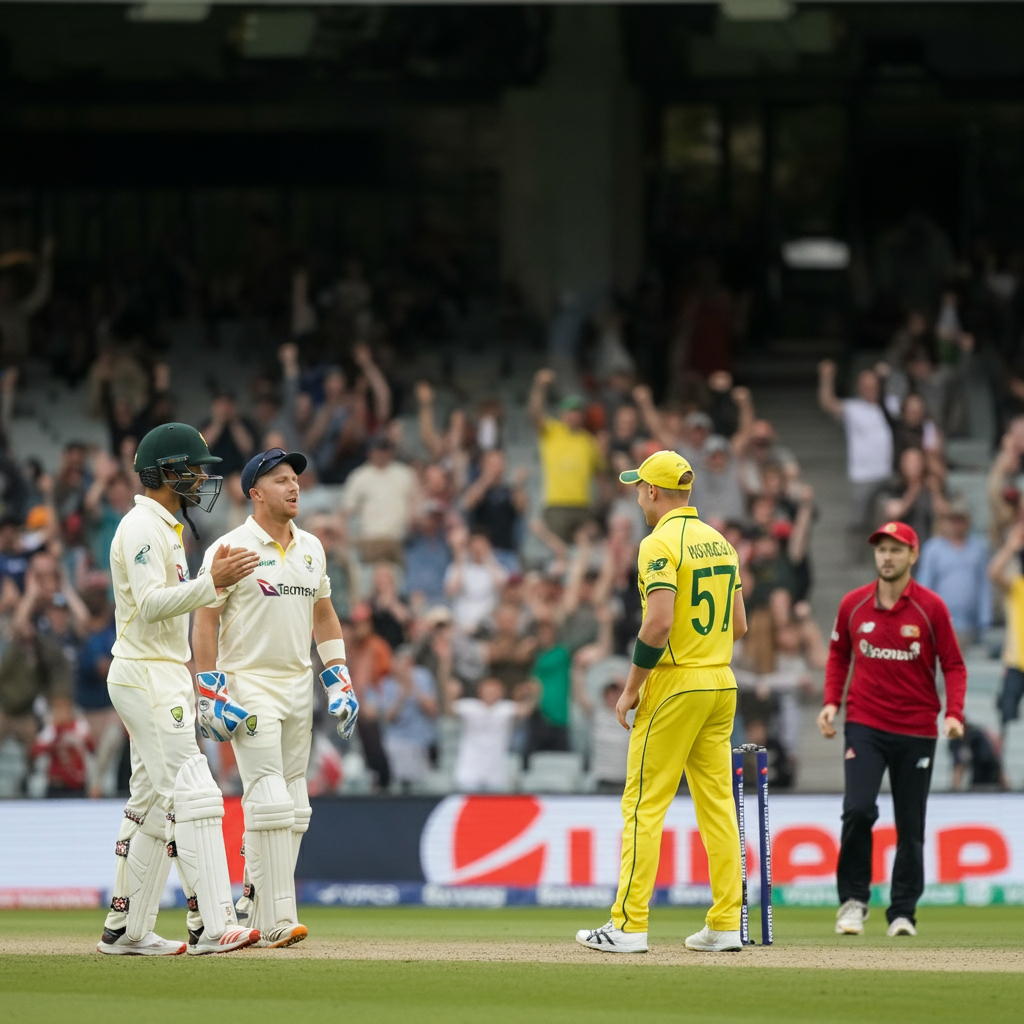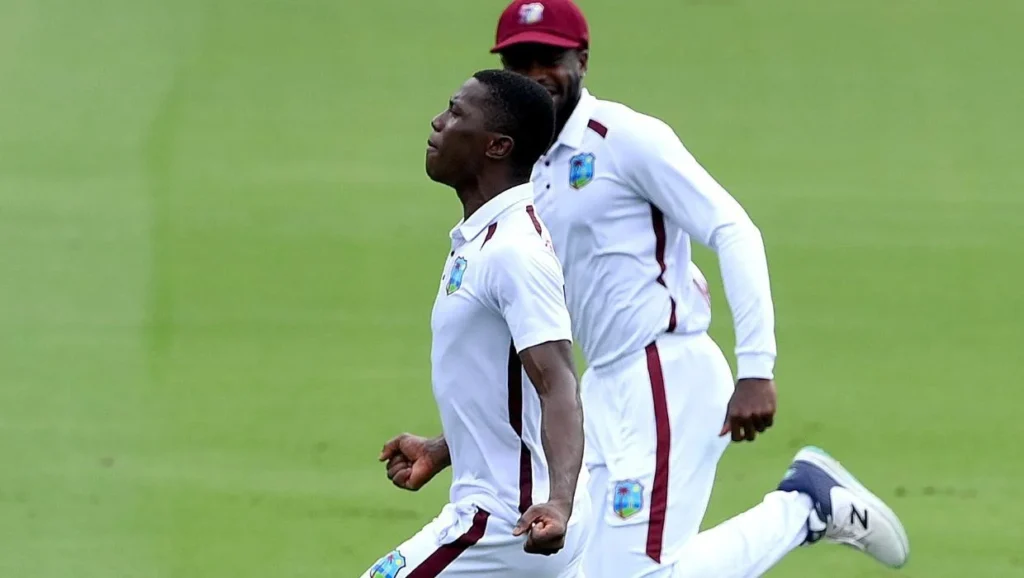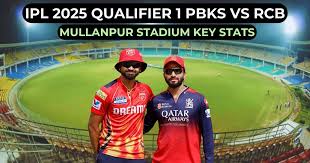Uncategorized
Top 10 Fat-Burning Exercises for 2025

Introduction People will continue to seek effective fat reduction exercise methods as fitness trends advance into 2025. Getting results from weight loss or body tone goals or improved health requires effective implementation of intense workouts which boost metabolism.
Why Fat-Burning Exercises Matter in 2025
Sedentary behavior patterns continue to increase which results in significant health issues involving obesity alongside metabolic diseases. The right exercises can: – Boost metabolism Physical activity brings sustained increased metabolism together with enhanced calorie expenditure throughout the day after exercise. – Improve cardiovascular health – Enhance muscle definition The following review explores ten scientific-backed exercises for fat loss in the future year of 2025.
1. High-Intensity Interval Training (HIIT)
HIIT works effectively because it uses intense exercise bursts with recovery breaks to create efficient and rapid calorie consumption.
Best HIIT Workouts for 2025:
– Sprint Intervals (30 sec sprint, 30 sec walk) The Burpee Variations include two versions which involve push-ups combined with jump movements. – Tabata Training (20 sec work, 10 sec rest)
– Calorie Burn: 400-600 calories per 30-minute session
2. Kettlebell Swings
This exercise targets various muscle groups particularly the core and shoulders and glutes together with heartbeat elevation. How to Do It: Position your feet at shoulder width. Start with a kettlebell swing below the legs before thrusting the hips instantly to reach chest level. Calorie Burn: 300-500 calories in 30 minutes
3. Jump Rope (Skipping)
The combination of thorough cardio exercise together with fast fat loss and coordination booster makes this method effective.
Advanced Variations for 2025:
The exercise involves jumping while passing the rope underneath twice in each move. – CrossFit-style Skipping (high-intensity intervals)
– Calorie Burn: 500-700 calories per hour
4. Rowing (Machine or Outdoor)
The exercise provides cardio and strength training benefits through its focus on arm and leg and core muscle groups.
Best Technique:
Start with leg motion and after that establish a handle toward your chest position. A straight spine position should be maintained for injury prevention.
Calorie Burn: 400-600 calories per hour
5. Battle Ropes
Waves serve to both develop endurance and eliminate calories through motor movements.
Best Moves:
– Alternating Waves – Slams (full-force rope slams) Calorie Burn: 300-500 calories in 30 minutes
6. Cycling (Indoor or Outdoor)
The method proves effective because it delivers powerful fat reduction capabilities through HIIT cycling together with low-impact exercise.
2025 Trends:
– Peloton-style Virtual Classes – Mountain Biking for Adventure Fitness
– Calorie Burn: 500-800 calories per hour
7. Strength Training (Compound Lifts)
The function of strength training in weight loss remains clear because muscle needs more energy during rest periods.
Best Fat-Burning Lifts:
– Deadlifts – Squats – Bench Press Calorie Burn: 200-400 calories per session (plus afterburn effect)
8. Stair Climbing
Up-hill running simulations activate your glutes together with your quads and cause the calves to engage. Stairs provide passive fat reduction when you select them instead of the elevator on a regular basis.
Calorie Burn: 400-600 calories per hour
9. Swimming (Sprints & Intervals)
People can get a whole-body resistance training with zero impact on their joints through this exercise.
Best Strokes for Fat Loss:
– Butterfly (most intense) – Freestyle SprintsCalorie Burn: 500-700 calories per hour
10. Boxing & Kickboxing
The program delivers explosive fat reduction because it unites strength activities with agility movements and cardio exercises.
2025 Trends:
– Virtual Boxing Classes – HIIT Kickboxing Drills
Calorie Burn: 600-800 calories per hour
Bonus: How to Maximize Fat Burn in 2025
1. Body growth from cardio and strength training combination drives metabolism rates upward.
2. Perform cardio exercises without eating breakfast as this method can boost the fat-burning process.
3. The best outcomes require 5-6 workouts per week in a consistent manner.
4. You should eat a diet filled with proteins to help your muscle restoration while you shed excess fat.
Conclusion
The best fat-burning exercises for 2025 combine high-intensity cardio, strength training, and metabolic conditioning. Whether you prefer HIIT, kettlebells, or boxing, consistency is key.
Uncategorized
“Tail Starts With Nitish Kumar Reddy…” Netizens Roast India’s New No. 6 After Flop Return

Cricket fans can be unforgiving when their team’s performance doesn’t meet expectations. This harsh reality struck young Nitish Kumar Reddy during the second Test of India’s five-match series against England at Edgbaston in Birmingham. The 22-year-old all-rounder, who had earned a coveted spot in India’s playing XI, found himself at the centre of a social media storm after a disappointing dismissal that lasted just six balls.
The promising cricketer’s return to the team was short-lived, as he managed to score only a single run before being clean bowled by England’s Chris Woakes. His departure left India struggling at 211-5 in 61.4 overs, prompting cricket enthusiasts across social media platforms to voice their frustration with brutal honesty.
The Build-Up to Reddy’s Return
Nitish Kumar Reddy’s selection for the second Test came with considerable expectations. The young all-rounder had shown promise in domestic cricket and was seen as a potential solution to India’s middle-order concerns. His ability to contribute with both bat and ball made him an attractive option for the team management.
The selectors placed their faith in Reddy’s capabilities, particularly his batting prowess that could strengthen India’s lower middle order. His inclusion was viewed as a strategic move to add depth to the batting lineup whilst providing an additional bowling option.
Cricket pundits had highlighted Reddy’s temperament and technique as key factors that could help him succeed at the international level. His domestic performances had suggested he possessed the mental fortitude required for Test cricket’s demanding environment.
The Fateful Dismissal at Edgbaston
Reddy walked to the crease with India positioned at 208-4 following the dismissal of the in-form wicketkeeper-batter Rishabh Pant. The situation demanded composure and sensible batting to build on the foundation laid by the top order.
However, the young cricketer’s stint at the crease proved to be brief and painful. Facing Chris Woakes, who had already claimed the wicket of opener KL Rahul earlier in the day, Reddy attempted to leave a delivery that appeared to be going away from his off-stump.
The decision to shoulder arms proved catastrophic. The ball, which seemed to be angling away, actually came back in slightly and crashed into his off-stump. The sight of the stumps being disturbed after such a misjudgement left spectators and commentators stunned.
Woakes’ delivery was well-directed, but many observers felt that Reddy’s judgement was questionable. The ball’s trajectory suggested it posed a genuine threat to the stumps, making the decision to leave it particularly risky.
Social Media Eruption: Fans Express Their Disappointment
The immediate aftermath of Reddy’s dismissal saw social media platforms flooded with reactions from Indian cricket supporters. The responses ranged from disappointment to outright criticism, with many fans expressing their frustration at what they perceived as a poor shot selection.
Twitter became the primary battleground for these reactions, with fans using various hashtags to express their views. The phrase “Tail Starts With Nitish Kumar Reddy” began trending, suggesting that supporters viewed his batting position as the beginning of India’s tail-end rather than a genuine middle-order contribution.
Many fans questioned the selection policy that had brought Reddy into the team. They argued that his dismissal demonstrated a lack of readiness for Test cricket’s mental and technical demands. The criticism focused not just on the dismissal itself but on the manner in which it occurred.
Some supporters drew comparisons with other players who might have been selected instead. The debate intensified as fans discussed whether Reddy’s inclusion had been premature and whether alternative options might have served the team better.
The Broader Context of India’s Batting Struggles
Reddy’s dismissal occurred within the broader context of India’s ongoing search for stability in their middle order. The team had been experimenting with different combinations and players in an effort to find the right balance for overseas conditions.
The pressure on middle-order batsmen in the Indian team has been particularly intense during overseas tours. The challenging conditions and high-quality bowling attacks have often exposed weaknesses in technique and temperament among younger players.
Reddy’s failure added to the existing concerns about India’s batting depth. With the series finely poised, every dismissal carried significant weight, and his brief stay at the crease contributed to the mounting pressure on the remaining batsmen.
The incident also highlighted the challenges faced by young cricketers making their breakthrough in high-pressure situations. The transition from domestic to international cricket often proves difficult, with the margin for error being significantly smaller.
Technical Analysis of the Dismissal
Cricket experts and former players provided their analysis of Reddy’s dismissal, focusing on the technical aspects that led to his downfall. The consensus among many was that his judgement of the delivery was flawed from the outset.
The decision to leave the ball was based on its initial trajectory, which appeared to be taking it away from the stumps. However, the slight movement back into the right-handed batsman caught Reddy off-guard, exposing a potential weakness in his technique.
Former cricketers emphasised the importance of understanding the conditions and the bowler’s natural variations. Woakes’ ability to bring the ball back into right-handed batsmen is well-documented, and awareness of this trait might have influenced a different approach from Reddy.
The dismissal also raised questions about Reddy’s preparation and game awareness. Test cricket demands not just technical proficiency but also strategic thinking and situational awareness that comes with experience.
The Impact on Team Dynamics
Reddy’s early dismissal had implications beyond just the loss of his wicket. It placed additional pressure on the remaining batsmen and potentially affected the team’s overall strategy for the innings.
The timing of the dismissal was particularly problematic, as it came at a stage when India needed to build partnerships and consolidate their position. The loss of another wicket at that crucial juncture shifted the momentum towards England.
Team management would have been disappointed not just with the dismissal but with the manner in which it occurred. The lack of application and poor judgement reflected poorly on the preparation and mindset required for Test cricket.
The incident also highlighted the challenges of integrating new players into established team structures, particularly when they are expected to perform immediately in high-pressure situations.
Learning Opportunities and Future Prospects
Despite the harsh criticism, Reddy’s experience at Edgbaston could serve as a valuable learning opportunity. Many successful cricketers have faced similar setbacks early in their careers and used them as motivation for improvement.
The feedback from fans and experts, whilst often critical, can provide insights into areas that need attention. Understanding the expectations and pressures of international cricket is crucial for any aspiring player.
Reddy’s technical team and coaches will likely analyse the dismissal in detail to identify specific areas for improvement. This could include work on judgement, shot selection, and mental preparation for different match situations.
The support structure around young players becomes crucial during such challenging periods. How Reddy responds to this setback will largely determine his future prospects in international cricket.
Uncategorized
New York City is Using Ranked Choice Voting in its Democratic Mayoral Primary. Here’s How it Works

New York City’s Democratic mayoral primary is making headlines not just because of the candidates, but because of the new voting system being used. For the first time in a citywide election, voters will use ranked choice voting (RCV). While this change aims to improve voter engagement and election outcomes, the unfamiliar system can be confusing at first glance—even for people who’ve encountered it before.
But don’t worry! This guide will break down what ranked choice voting is, how it works, and why New York City is implementing it for its pivotal Democratic primary. Whether you’re a voter or just curious about this innovative voting method, you’ll leave with a clear understanding.
What is Ranked Choice Voting?
Ranked choice voting is a system that allows voters to rank candidates in order of preference rather than picking just one. This means you don’t need to stick with an “all-or-nothing” choice. More options mean more freedom for voters to express their preferences.
It works on the premise of improving democracy by ensuring that the eventual winner has widespread support, not just the largest minority of votes. It’s designed to make elections fairer, foster a more civil campaign environment, and reduce the “spoiler effect” (where a candidate who has no chance of winning ends up splitting votes between frontrunners).
Here’s a quick example to illustrate:
- Imagine five candidates are running for office.
- You, the voter, rank the candidates in order of preference from your most to least favorite (e.g., Candidate A as your #1 choice, Candidate B as your #2, and so on).
- If no candidate garners more than 50% of first-choice votes during the initial count, the candidate with the least votes is eliminated.
- Votes for the eliminated candidate are then redistributed to the voters’ next choice.
- This process continues until one candidate wins by majority.
Why is New York City Using Ranked Choice Voting?
The primary reason for New York City’s adoption of ranked choice voting is to create a more inclusive and representative election process. It’s no secret that past elections have faced challenges like low voter turnout, fractured voting due to multiple candidates, and criticisms of “winner-take-all” systems. RCV aims to fix these issues.
Key Objectives:
- Better Representation: Ensures the winner is supported by a majority.
- Encouraging Civility: Candidates have an incentive to appeal to voters beyond their typical base, leading to friendlier campaigns.
- Efficiency for Voters: No more costly runoff elections. With ranked choice voting, voters only need to go to the polls once.
How Does Ranked Choice Voting Work in NYC?
New York City voters heading to the Democratic mayoral primary will encounter a ballot that looks slightly different from what they’re used to. Instead of just checking one box, you’ll be asked to rank up to five candidates in order of preference. Here’s what to expect in the process:
1. Fill Out Your Rankings
On election day, your ballot will have a column for each preference (1st choice, 2nd choice, 3rd choice, etc.). Simply place the corresponding number next to each candidate based on your preference. You can rank as many or as few candidates as you’d like, though ranking more increases the chances your vote will count in the later rounds.
2. Counting Votes
When the polls close, election workers tally all the first-choice votes. If a candidate receives more than 50% of these, they win outright. If not, the ranked choice process begins.
3. Eliminating and Redistributing
The candidate with the fewest votes is eliminated. If your top choice was eliminated, your vote moves to your next choice. This process repeats until one candidate accumulates a majority.
4. Certification of Results
Because of the redistribution process, it may take longer than traditional elections to finalize and certify results. But the process ensures that every vote counts.
Benefits and Considerations
Every voting system has its strengths and potential challenges. Ranked choice voting is no exception. Here are some of the pros and considerations voters should keep in mind:
Benefits:
- Majority Support: Winners need majority backing, ensuring they represent more than just their core base.
- No More Vote Splitting: You can vote for your favorite candidate without worrying about “wasting” your vote.
- Encourages Coalition Building: Candidates seek to appeal to a broader range of voters, which can lead to more diverse policy discussions.
Challenges:
- Learning Curve: Ranked choice voting may initially confuse voters unfamiliar with the process.
- Delayed Results: Counting and redistribution take time, meaning results may not be immediate.
- Potential Overwhelm: Some voters may find ranking multiple candidates daunting.
Uncategorized
Shamar Joseph Backs up Pre-Series Warning with Sam Konstas Dismissal

Cricket fans around the world witnessed a thrilling moment on the first day of the Australia vs. West Indies Test in Barbados. Shamar Joseph, on his red-ball return, backed up his pre-series warning in spectacular fashion by dismissing Sam Konstas early in the game. The 25-year-old pacer showcased his class and reminded everyone why he is such a force in Test cricket.
This match marked a significant milestone for Shamar Joseph, not only as his comeback but also as a continuation of his evolving legacy. From his dramatic performance at the Gabba in 2024 to overcoming a challenging injury, Joseph’s road back to international cricket is a testament to his resilience and talent.
Shamar Joseph’s Iconic Test Journey
Shamar Joseph stormed into the Test cricketing scene in 2024, making an impression on fans and analysts alike with his right-arm pace. However, it was his unbelievable performance against Australia at the Gabba that truly solidified his reputation. Joseph claimed an extraordinary seven wickets in the Gabba Test, decimating the Australian batting line-up and securing a historic victory for the West Indies. That performance remains one of the highlights of his career.
This remarkable feat brought back memories of the raw pace and uncompromising aggression of West Indies quicks from a bygone era. It reminded fans why cricket experts have called him one of the most promising young pacers of his generation.
A Setback that Tested His Grit
While Joseph enjoyed a fantastic start to his Test career, his progress was abruptly paused due to a toe injury sustained from a searing inswinging delivery by Australian veteran Mitchell Starc. This injury sidelined him for months, leaving questions about his ability to return to peak form.
Toe injuries are particularly challenging for pacers, as they impact foot placement, balance, and momentum during delivery. Healing meant months of physical therapy and a gradual build-up in workload. However, true to his determined character, Joseph worked tirelessly on his recovery.
Back in the Spotlight
Shamar Joseph’s return to the field was much anticipated. The ongoing Test series between Australia and the West Indies saw him once again donning the whites for his team. Fans eagerly awaited the pacer’s performance against his familiar Australian rivals.
It didn’t take long for Joseph to make an impact in Barbados. His dismissal of Sam Konstas early in the match not only silenced any doubts about his capability but also set the tone for the West Indies bowling attack. Breaking through the Australian batting order at a critical juncture demonstrated his unmatched ability to turn the tide of a game.
With his trademark pace and deceptive movement, Joseph proved that his time away from cricket was not wasted. His skill and adaptability were on full display in the dismissal that left fans in awe. It was a statement not just to the Australians but to the cricketing world that Shamar Joseph was back.
What Makes Shamar Joseph Stand Out?
Shamar Joseph’s rising stature as a pacer is not just about his numbers but his undeniable presence on the field. There are several factors that set him apart from other players:
- Raw Pace: Consistently delivering at speeds that trouble even the best batters.
- Smart Variations: Mixing up lengths and utilizing subtle changes in pace to keep opponents guessing.
- Mental Fortitude: Overcoming high-pressure situations and injuries to maintain focus on his goals.
- Match Awareness: Joseph’s ability to recognize game-changing opportunities and act decisively is critical to his team’s success.
-

 Politics2 months ago
Politics2 months agoLarry Hoover: From Chicago Gang Leader to Symbol of Justice Reform
-

 Sports2 months ago
Sports2 months agoRoyal Challengers Bengaluru Stun Punjab Kings in IPL 2025 Qualifier 1 Thriller
-

 Lifestyle2 months ago
Lifestyle2 months agoBlatten, Switzerland: Glacier Collapse Devastates Alpine Village
-

 News2 months ago
News2 months agoCVS Store Closures: A Strategic Realignment in a Changing Retail Landscape
-

 Entertainment2 months ago
Entertainment2 months agoStefon Diggs’ Boat Trip: A Stormy Start to His Patriots Tenure
-
Uncategorized1 month ago
United States Along With Puerto Rico Strengthens Travel Connections With Avelo’s First Red-Eye Flight From Tweed New Haven
-
Uncategorized1 month ago
KLM Introduces Major Fare Changes What Travelers Need to Know
-
Uncategorized1 month ago
One Number Could Define the Iran-Israel Conflict’s Outcome
